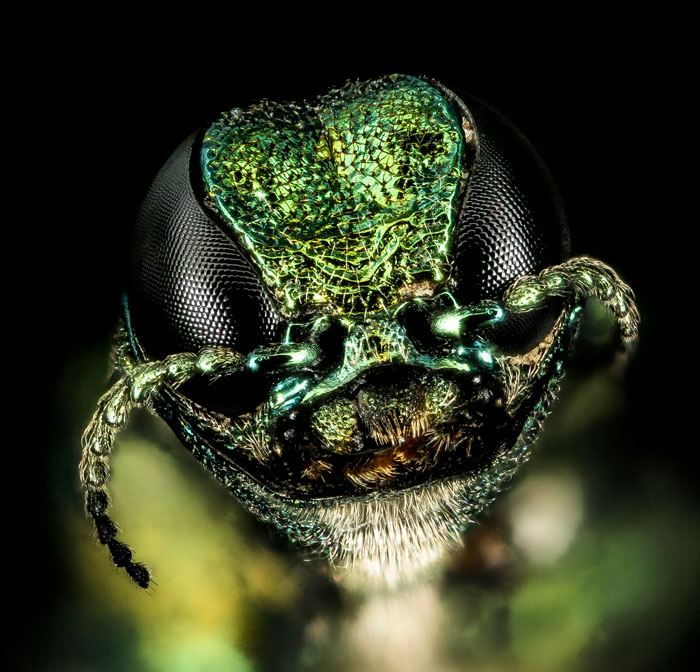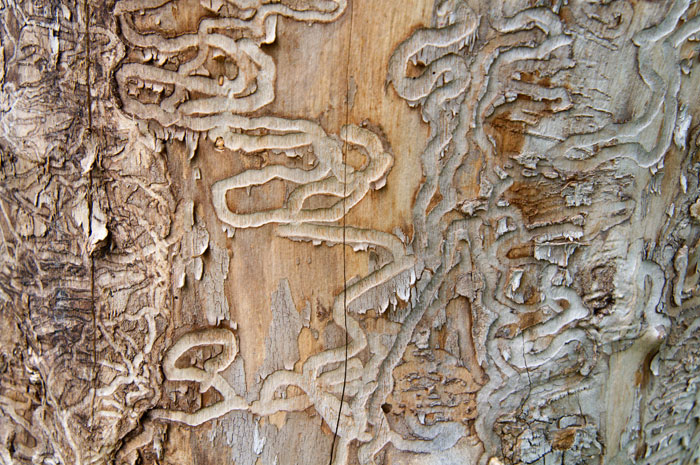A staggeringly terrible ecological disaster is on the way, researchers are warning: Invasive insects set to kill somewhere in the region of 1.4 million trees across the United States in the next three decades.
The main driver of this devastation is the emerald ash borer (Agrilus planipennis), predicted to be responsible for 90 percent of those 1.4 million dead trees. The beetle could wipe out ash trees in more than 6,000 urban areas, according to a new study.
The cost of replacing the trees and the associated damage could run up to US$30 million a year on average. If more invasive species were able to settle in the US, that figure could quickly get into the billions of dollars before 2050.
 (Sam Droege/USGS)
(Sam Droege/USGS)
"These results can hopefully provide a cautionary tale against planting a single species of tree throughout entire cities, as has been done with ash trees in North America," says computational ecologist Emma Hudgins, from McGill University in Canada.
The sobering estimations were made using data collected from around 30,000 urban areas in the US. Models of tree populations were then combined with predictions for the spread of 57 different invasive species.
Hotspots – including New York, Chicago, and Milwaukee – were identified in the report because of their high numbers of ash trees and because they're in the recent or near-future path of the emerald ash borer. Less than a quarter of US communities will take 95 percent of the invasive species hit on trees, according to the study.
Part of the problem is the lack of variety in terms of tree species in urban areas, as the concentrations of ash trees shows. A greater number of species means a greater resilience against threats such as the emerald ash borer insect.
 Emerald ash borers leave behind a windy trail of destruction. (corfoto/E+/Getty Images)
Emerald ash borers leave behind a windy trail of destruction. (corfoto/E+/Getty Images)
"Many urban areas are dominated by a single tree species or genus, which means that a newly arrived insect for which those trees are a host can spread easily," says ecologist Frank Koch from the USDA Forest Service Southern Research Station.
"On top of this, there are usually fewer natural predators and warmer temperatures compared to nearby natural forests, which can benefit invasive insect development."
The researchers also factored in the potential effect of insect species that haven't yet arrived in the US, including the citrus long-horned beetle (Anoplophora chinensis), a creature known for killing off many different types of hardwood trees.
Despite the dire warning, the team behind the study is hopeful it can help urban tree managers plan ahead and prevent the same kind of costly damage from being caused in other countries.
We know that urban trees are important for keeping cities cool, boosting biodiversity, and even making people happier. With that in mind, it's vital that these pockets of nature in our towns and cities are allowed to flourish and stay healthy.
"Because a number of European countries are already dealing with ash dieback, preventing further spread of the emerald ash borer in Europe is critically important," says Koch. "Hopefully lessons learned from North America will be helpful in Europe."






No comments:
Post a Comment